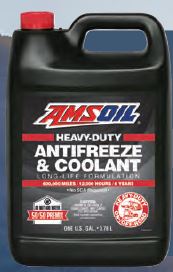A SIMPLE WAY TO FIGHT CYLINDER-LINER CAVITATION In extreme cases, cylinder-liner cavitation in diesels can allow oil and coolant to mix. Then it’s just a matter of time until engine failure. Here’s what you can do to help ensure that doesn’t happen. Most diesel engines are designed with replaceable cast-iron cylinder liners that are pressed […]
You are browsing archives for
